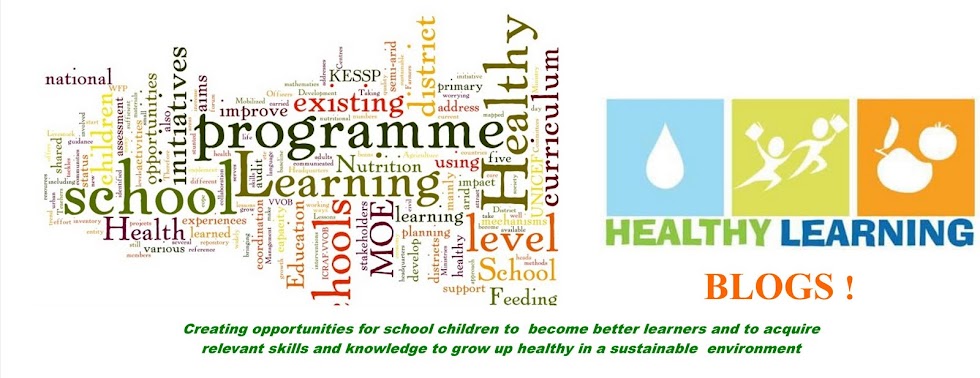This blog was written by a guest blogger, Dustin Homan, after visiting 10 Healthy Learning schools. Dustin is a student at The Ohio State University in the United States studying agricultural education and this is his first trip to Africa.
Before I even knew her name, she gave me ‘faith’ in Kenya’s future. Faith Glory, a student at Naro Moru Primary, hopes to become a social worker like her mother someday.
Even though her future may not be involved with agriculture, she still wants to plant trees to beautify nature, make papers, provide firewood and construct a home. She has also acted out drama and recited poems about trees to educate other people.
She has used what she has seen in her school’s Healthy Learning projects to start her own projects at home. She has planted fruit trees with her mother and planted a 2-acre garden of vegetables, including cabbages, onions, kales and carrots. She plans to sell the vegetables when they mature and to use the income to help her family and the poor.
 |
| Faith (left) and Lucky (right) pupils at Naromoru Primary with Dustin (center) during a visit to the school |
Faith loves nature and animals. Her favorite story is “The Little Mermaid” because it helps her appreciate the beauty of nature and the many different types of wild animals. She is also a member of the Environment and Wildlife Clubs, where she helps clean outside of the school compound when informing people about the importance of keeping the environment clean.
I first noticed him when he bravely volunteered to lead over 75 of his fellow pupils in a song about agroforestry. Later, I had an opportunity to talk with an inspiring Kaliluni Primary student about how Healthy Learning has helped him and his family.
Jefferson, an upper primary student, wants to become a journalist when he grows up to educate people around the world about agroforestry and its benefits. When he grows up, he plans to grow healthy fruit trees and vegetables and he will not stop using agroforestry until he is very old.
 |
| Pupils at Kaliluni Primary School spell out OHIO. Jefferson is 3rd from the left. |
He thinks his school’s Healthy Learning project on agroforestry is so successful because the school receives money, fruit and good health from it. The project has also helped Jefferson learn how to control soil erosion, apply fertilizers and pesticides, provide food for his family and eat healthy meals.
A young entrepreneur, Jefferson buys his own seed from nearby Machakos and grows vegetables, tree seedlings and flowers to beautify his home and to earn an income. He uses the money he receives from selling his produce to pay for school equipment like books and lab sets.
These are just two examples of over 700 amazing students I had the opportunity to meet while I visited primary schools across Kenya. Combined with the power of the Healthy Learning Program, these students will someday help alleviate hunger and restore the environment of this country, and the world.










